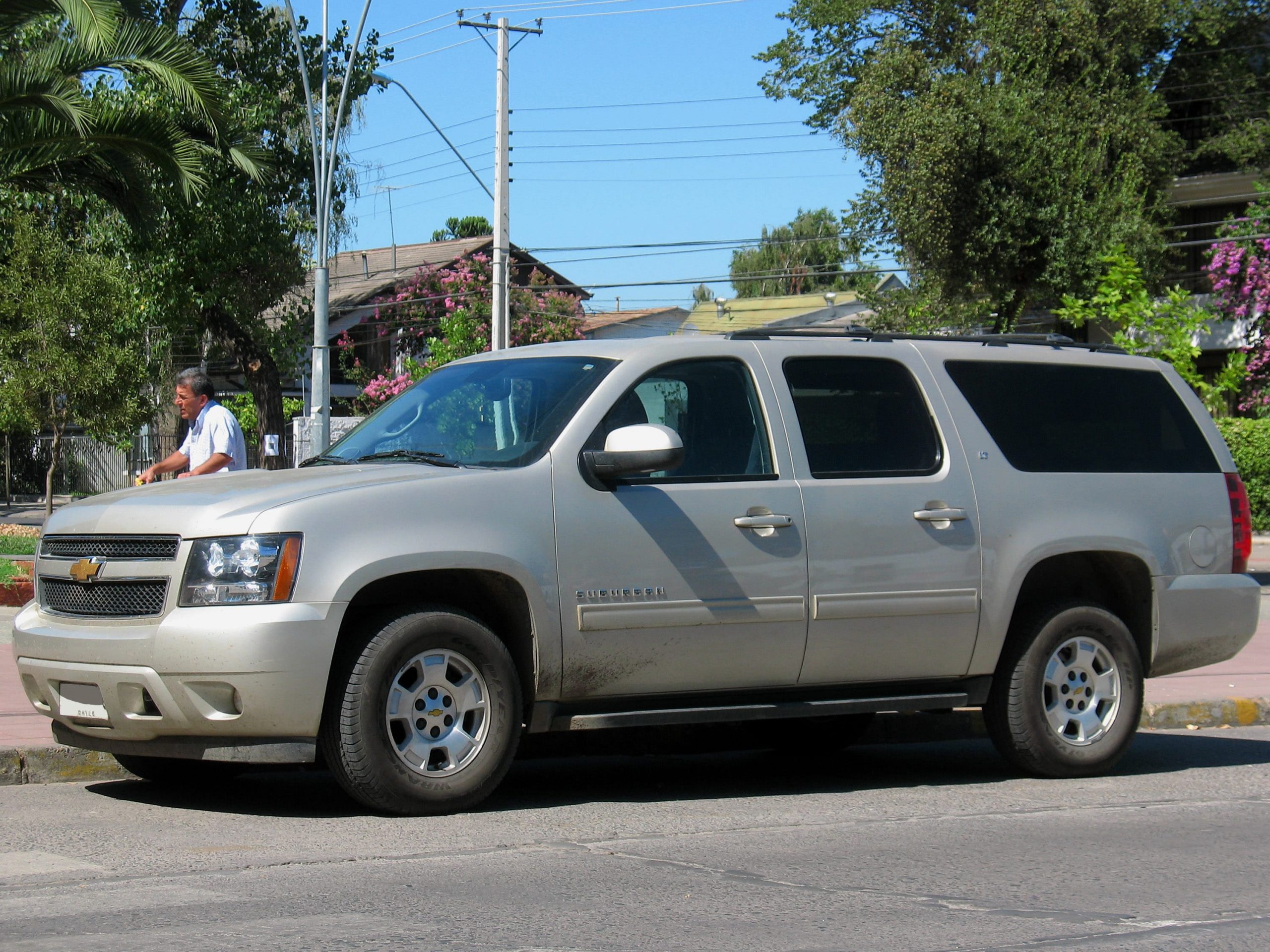The 2012 Chevrolet Suburban 5.3L is a powerful and versatile vehicle, but when its Engine Control Module (ECM) malfunctions, you may notice a decline in performance and reliability. The ECM is the nerve center of the vehicle, managing critical systems such as fuel delivery, ignition timing, and transmission control. Below, we’ll dive into common ECM issues, their root causes, and actionable solutions to get your Suburban back to peak performance.
Common ECM Problems in the 2012 Chevrolet Suburban
When the ECM malfunctions, it can cause various issues that affect your Suburban’s performance. Here are the most common symptoms:
- Check Engine Light (CEL) Activation: The CEL turning on is often the first sign of ECM trouble. Codes like P0606 (Processor Fault) or P0300 (Random Misfire) frequently indicate an ECM issue.
- Starting Problems: A faulty ECM can prevent the engine from starting or lead to intermittent starting issues. This occurs when the ECM fails to relay proper signals to the ignition system.
- Engine Misfires: Misfiring cylinders and rough idling can result from ECM errors that disrupt fuel injection or ignition timing.
- Reduced Engine Power: The “Reduced Engine Power” warning is triggered when the ECM restricts throttle response due to internal faults.
- Poor Fuel Efficiency: If the ECM miscalculates the air-fuel ratio, you may notice excessive fuel consumption, leading to more frequent trips to the gas station.
- Transmission Shifting Issues: Delayed or erratic shifting is another ECM-related symptom, as it coordinates closely with the transmission control system.
These symptoms often point to underlying issues within the ECM. Let’s examine what might be causing these problems.
What Causes ECM Problems in the Suburban?
Understanding the root causes of ECM malfunctions can help you take preventative measures or address existing issues more effectively:
- Water Damage: Exposure to moisture, whether from rain or high-pressure washes, can corrode the ECM’s internal circuits.
- Electrical Surges: Faulty alternators or improper jump-starting can send power spikes to the ECM, damaging its components.
- Corroded Connectors: Corrosion at the ECM’s connectors disrupts communication between the module and other vehicle systems.
- Software Glitches: Outdated or corrupted ECM firmware may lead to processing errors and poor vehicle performance.
- Overheating: Heat from the engine bay can degrade the ECM over time, especially if the module’s location lacks adequate ventilation.
These causes shed light on why ECM issues arise and how they can impact your vehicle. Let’s move on to solutions for addressing these problems.
Effective Solutions for ECM Issues
Resolving ECM problems requires a systematic approach. Here are practical steps to restore your vehicle’s performance:
- Scan for Error Codes: Use an OBD-II scanner to identify fault codes. Pinpointing the issue saves time and ensures targeted repairs.
- Inspect and Repair Wiring: Check the wiring harness for loose connections, corrosion, or frayed wires. Repair or replace affected sections as necessary.
- Reset the ECM: Disconnect the battery for 20–30 minutes to perform a hard reset, which can clear temporary glitches.
- Reprogram the ECM: Visit a technician to reflash the ECM with updated firmware. This resolves software-related problems and restores optimal performance.
- Replace the ECM: In severe cases of internal failure, replacing the ECM may be the best option. Ensure the new unit is programmed specifically for your 2012 Suburban 5.3L.
- Seal and Protect: Install a weatherproof cover over the ECM to prevent water intrusion and corrosion.
Implementing these solutions can effectively address ECM problems and help prevent recurrence.
Preventative Maintenance to Avoid ECM Failures
Taking preventative measures can extend the life of your ECM and reduce the risk of future failures:
- Keep Electrical Systems Healthy: Maintain the battery and alternator to prevent voltage surges. Replace corroded terminals as needed.
- Inspect for Moisture Damage: Regularly check the ECM housing for cracks or signs of water entry, especially after heavy rain or washing.
- Perform Routine Diagnostics: Use an OBD-II scanner periodically to monitor the ECM’s health and catch issues early.
- Avoid Extreme Temperatures: If possible, park your Suburban in shaded or covered areas to reduce prolonged exposure to extreme heat or cold.
These simple maintenance practices can help safeguard your ECM and ensure consistent performance.
When to Consult a Professional
If DIY efforts don’t resolve the issue, it’s time to seek professional help. Certified technicians can run advanced diagnostics, reprogram the ECM, or replace the unit if necessary. They’ll also ensure all other systems—such as the transmission and throttle body—are correctly synced with the new ECM.
Conclusion
A malfunctioning ECM in your 2012 Chevrolet Suburban 5.3L can disrupt performance and reliability, but addressing the issue doesn’t have to be overwhelming. By understanding common symptoms and their solutions, you can take proactive steps to restore your vehicle to optimal condition. Whether through routine maintenance or professional repairs, your Suburban can continue to deliver the dependable performance it’s known for.
Contact Us
Ready to start with Electronic Control Modules tailored to your needs? Fill out the form below, and we’ll help you find the perfect solution. Complete in a minute, and our team will provide the expert support and service you need.
